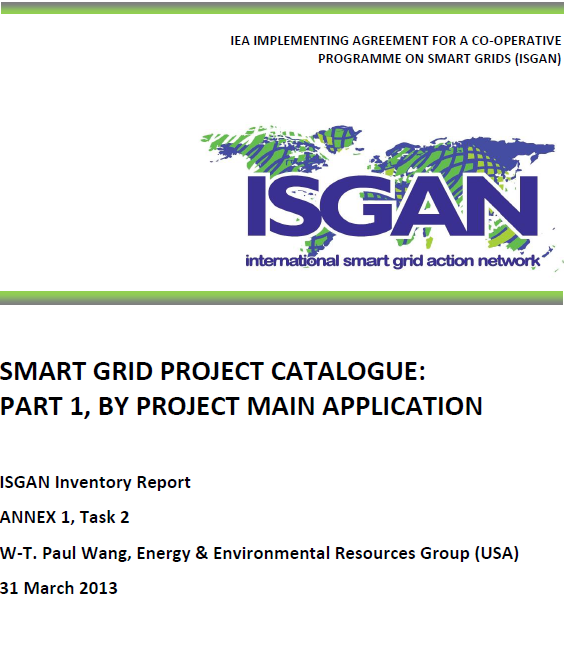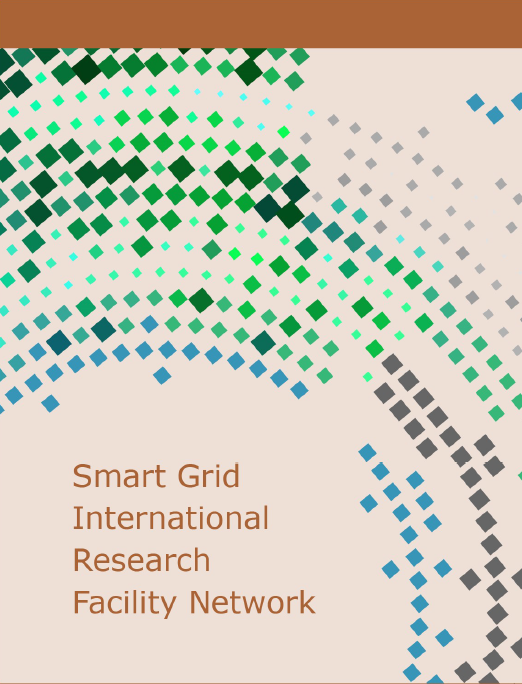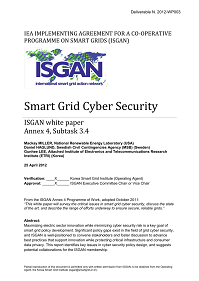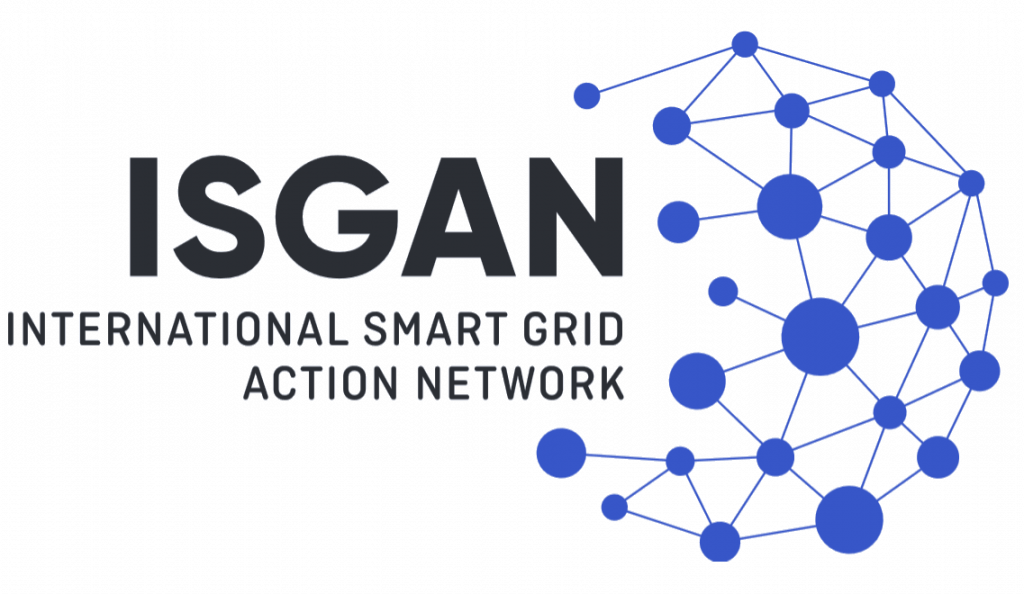Publications
Type
Year
Working Group
Transmission and distribution (T&D) systems are facing new challenges linked with the introduction in the generation mix of a progressively increasing share of unpredictable energy sources and variable generation from renewable energy sources (RES).
Addressed at high-level policymakers, this paper summarizes key messages from recent publications on sustainable energy systems in islands and remote territories.
The objective of the ISGAN global smart grid inventory is to help depict a global view of smart grid activities and investments to allow identification of remaining gaps along with opportunities for targeted collaboration or further investment by ISGAN Participants.
The Discussion Paper analyses the weaknesses of the CBA and investigates the MCA approach. With the aim to outclass the CBA shortcomings, this discussion paper proposes to integrate the CBA into an MCA assessment framework. The proposed approach preserves the strengths of both CBA and MCA and identifies the best
Distributed Energy Resources (DERs) such as energy storage systems (ESS) when deployed at a large scale are capable of significantly influencing bulk and local power systems.
With the changing dynamics of electric grid systems around the world, decision-makers – both institutional and technological – are facing numerous new challenges to operating, planning, and expanding their systems.
In some jurisdictions, the roll out of smart grid technologies has achieved less consumer engagement than would be desirable, and in particular some projects have failed to clearly communicate the benefits and costs of smart grid technologies, resulting in mixed reactions from consumers.
Globally, modernization of electrical grids is taking place alongside rapid deployment of these variable renewable resources (VRRs), although these two trends are not always coordinated.
Maximizing electric sector innovation while minimizing cyber security risk is a key goal of smart grid policy development.










